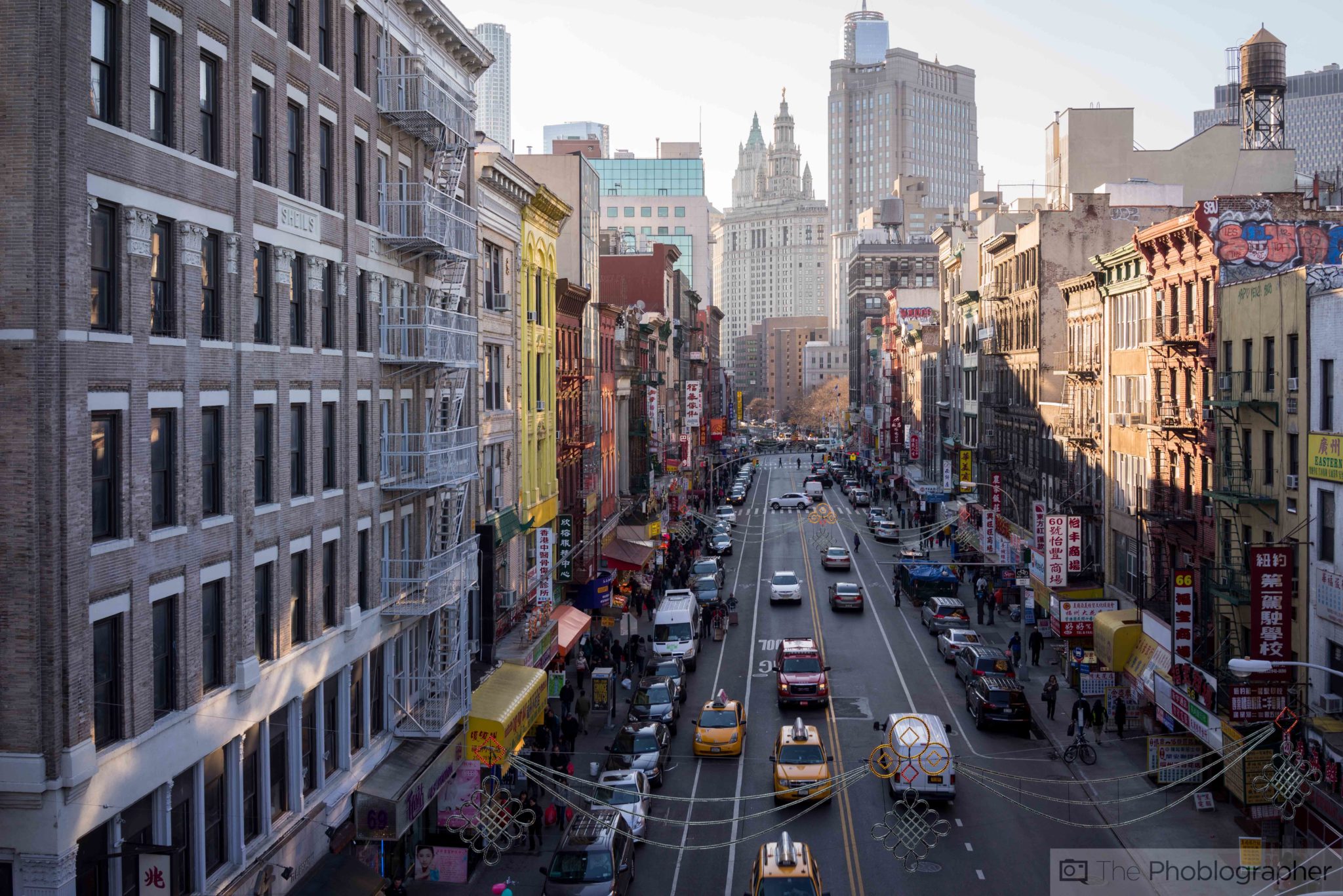Last Updated on 10/01/2020 by Chris Gampat
There’s a meaningful conversation photographers need to have about the power and impact of gentrification.
I’ll never forget the 1st time I encountered it after moving to New York City. I was on the train, working for a wedding photographer in Coney Island. An irate minority man barked, “Go back to Manhattan where you belong, white girl.” I was both deeply saddened and deeply grateful for this exchange. It was horribly uncomfortable but, it’s about time that feeling gets flipped on white folks. It was also an important wake-up call to a rural hick-chick from farm country, Pennsylvania. This was my first exposure to how deeply divided and segregated the city can be, to how much more complex the issue is than most photographers realize. I knew, as an emerging photographer, I was no more capable of affording Manhattan rent prices than this man was. But also, my moving to Brooklyn possibly impacted him by making a neighborhood where he may have spent his whole life less affordable for him.
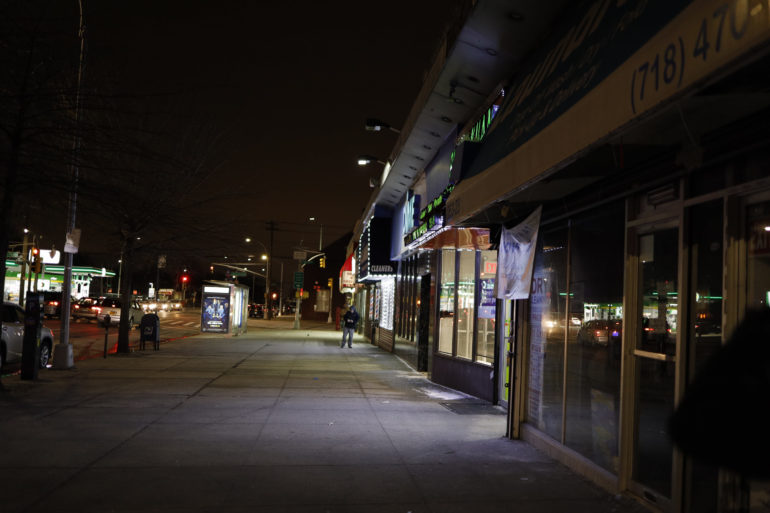
I knew I wanted to follow my dreams as a photographer; moving to NYC was the best chance I had for success. What I didn’t understand was how moving to the city would inherently impact people who had long considered that same city their home. I don’t know who lived in my apartment before I got there, but I can safely assume it was someone with less opportunity, less means, and probably less privilege than myself. Due to our constant struggle for recognition, we forget this impact on the communities we move into. Whether Brooklyn or L.A., when photographers flock to new “undergrounds,” we contribute to the problem. I’m sure Atlanta is experiencing this right now as the film industry descends upon it as the new creative hub for making movies. We may be pursuing the best opportunities, but we should remember how those pursuits affect the communities that were already there.
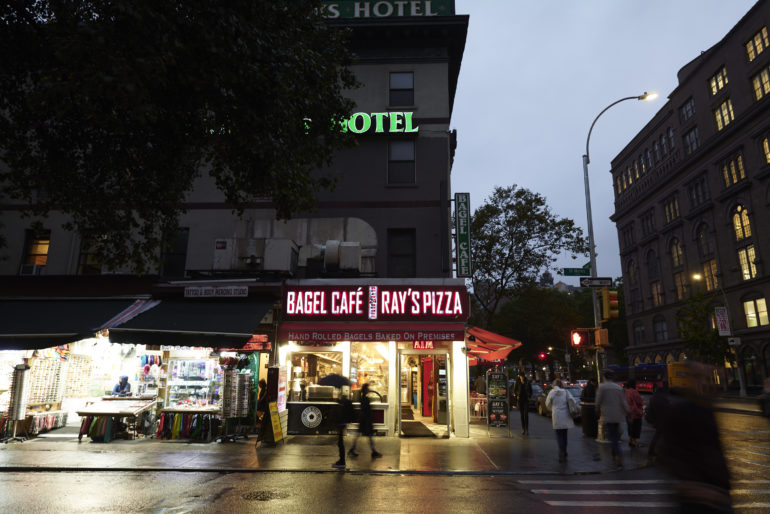
Rather than entering and colonizing, we need to interact with the community already there. There’s a fundamental need for positive contribution, rather than whitewashing. As photographers, we have a power in this that we don’t always embrace. While we may love that cute new coffee shop filled with our favorite Anglo-Saxon snacks, going there every day has a steep impact on the bodega next door that’s been there for decades.
Do our desires to create community and relocate to new, developing places for artists supersede the needs of those living there? The answer should be evident, and we need to recognize that fact.
So, how can we better balance our personal pursuits with those who deserve to maintain the homes and lifestyles they’ve always known? How do we maintain our own identities while respecting the existing character in that area? As a white woman, I don’t have any of the answers. Like-minded Photographers always want to impact the world positively, and that begins with recognizing the impact our presence has. Here are some ways to do that.
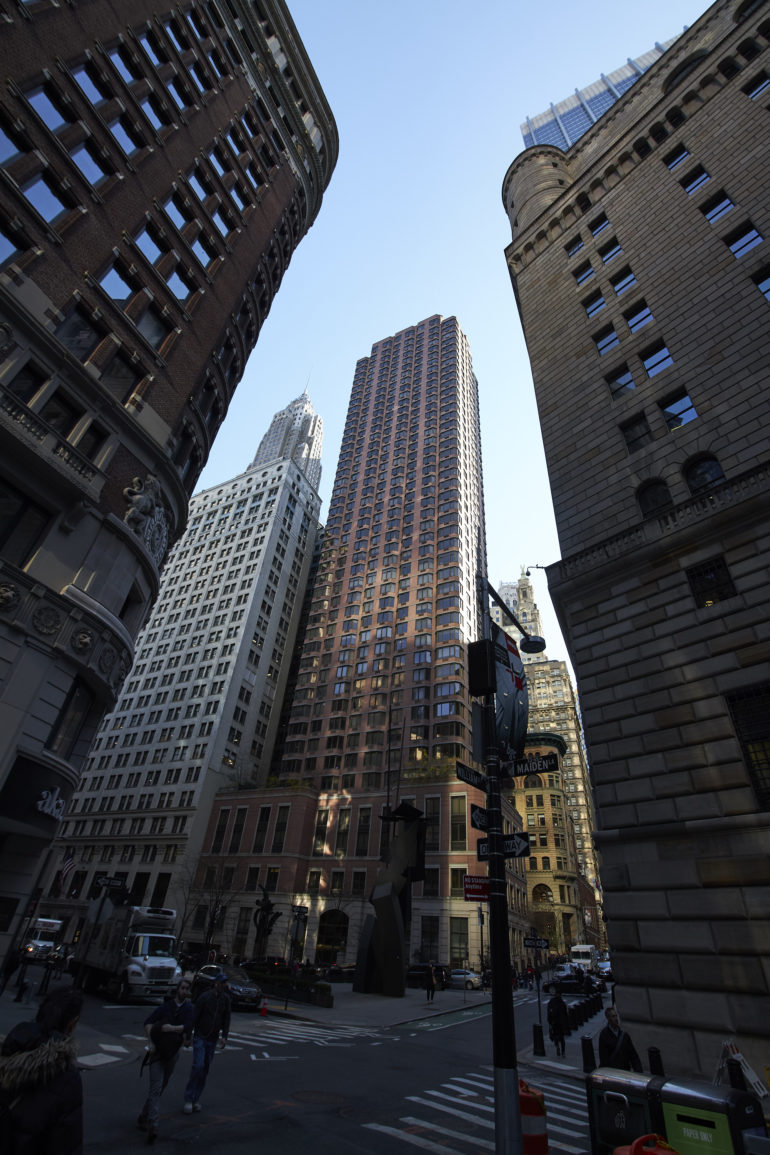
First, there are three questions we should ask ourselves when it comes to gentrification:
- What do we see, what does gentrification look like? Take Times Square or pre/post-Barclays Center in Brooklyn, or even the impact of ICP relocating to Essex Crossing in Manhattan. Physically speaking, what does gentrification look like, and who is being displaced?
- Who do you think of when you think about gentrification? Who do you see as the actors vs. the survivors? The story changes dramatically depending on which perspective have, and we need to make sure we look critically at the impact on the displaced.
- What is the opposite of gentrification? What does that opposite look like, how do we imagine that, and how do we bring it to life?
Second, we should closely examine the actual photos we make. We have to be ethical, responsible storytellers. Stories are defined by those who tell them. Photographers usually have concepts and ideas that will speak to broader issues and injustices in the world around us. While we have the best intentions, we should hold ourselves responsible for telling stories of cultures we don’t belong to. This is the constant struggle white folks face; cultural colonization if you will. The difference between the gentrified and the gentrifiers is really who has the power to control the narrative, as one community is essentially eliminated. There is a unique perspective from the people who have watched a place change. We as artists have the power to not only protect but amplify those conversations. We need to create opportunities not only for ourselves but for the folks who were there before we arrived. We may want to be the ones to tell these stories, but we need to accept that we’re not always the right folks to do it. When it comes to conceptualizing your new personal project or artistic vision, here are some critical questions to ask yourself:
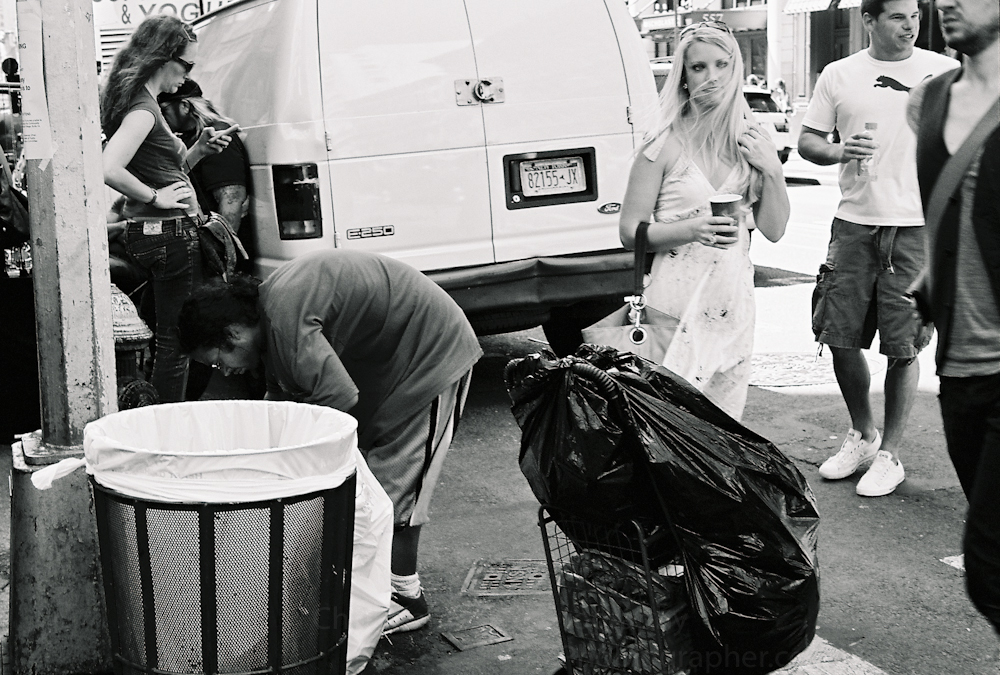
While we have the best of intentions, we should hold ourselves responsible for not telling stories of cultures we don’t belong to.
- Whose story are you telling?
- Is it a commentary on your own culture, or is it about a community you are not a member of?
- If it’s not your community, is it your place to tell that story?
- Are you being a supportive ally or a white savior, not realizing how you’re hurting more than helping?
- Are you in a position to understand the full scope of the conversation?
There’s a significant difference between amplifying the voices of those unheard and claiming their issues as your own, coming in and taking over the conversation. Which are you doing?
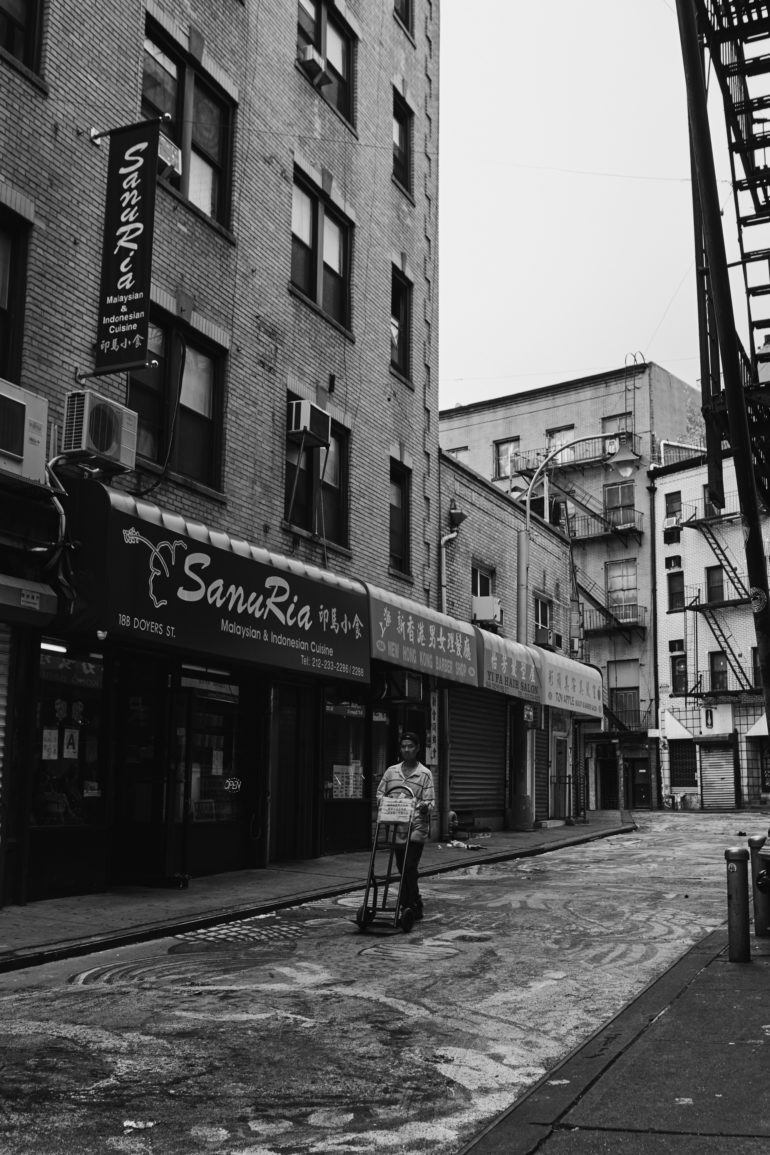
Think ahead to what the impact of your work will be. How are you impacting the situation your work is speaking of? Are you progressing the conversation? Did you talk to anyone within that community about what the real solutions would look like? We as outsiders frequently feel we understand the issues and see the solutions, but we often aren’t as right as we think.
Gentrification is a much larger issue and impacted by far more than just photographers relocating to new and upcoming regions. Photographers need to take responsibility for the ways we contribute to it. It’s a much easier problem to create than fix. If we start to realize the impacts and think critically about how our self-interests are partly the cause, maybe we’ll maintain the diversity we need.


